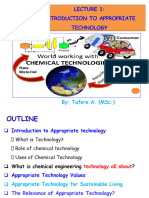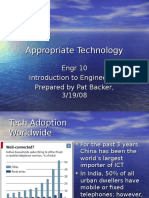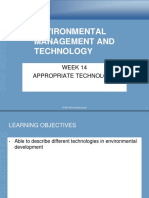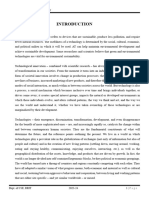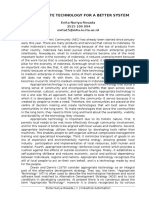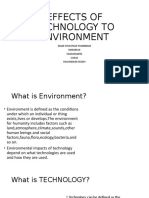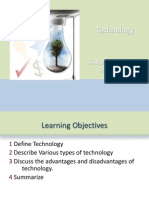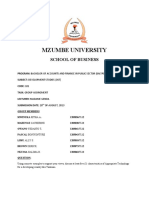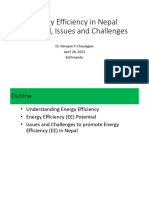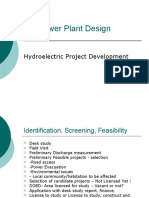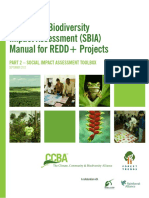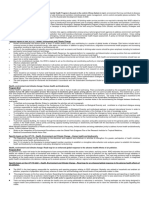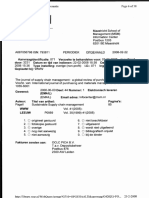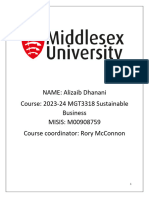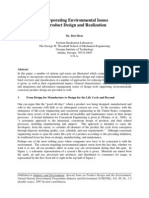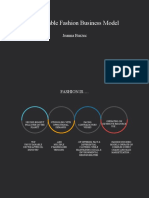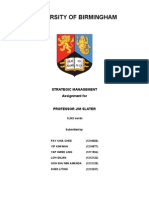0% found this document useful (0 votes)
180 views46 pagesChapter 1 Technology and Development
The document discusses technology and its relationship to development and society. It defines technology as the application of scientific knowledge for practical purposes to meet human needs and wants. Appropriate technology is presented as technology that is suited to the local environment and uses local resources, skills, and materials. Examples of appropriate technology include hybrid vehicles, solar cooking, and renewable energy sources like biomass. The document contrasts appropriate technology with high-tech or advanced technology.
Uploaded by
Keep ThrowCopyright
© © All Rights Reserved
We take content rights seriously. If you suspect this is your content, claim it here.
Available Formats
Download as PDF, TXT or read online on Scribd
0% found this document useful (0 votes)
180 views46 pagesChapter 1 Technology and Development
The document discusses technology and its relationship to development and society. It defines technology as the application of scientific knowledge for practical purposes to meet human needs and wants. Appropriate technology is presented as technology that is suited to the local environment and uses local resources, skills, and materials. Examples of appropriate technology include hybrid vehicles, solar cooking, and renewable energy sources like biomass. The document contrasts appropriate technology with high-tech or advanced technology.
Uploaded by
Keep ThrowCopyright
© © All Rights Reserved
We take content rights seriously. If you suspect this is your content, claim it here.
Available Formats
Download as PDF, TXT or read online on Scribd
/ 46











